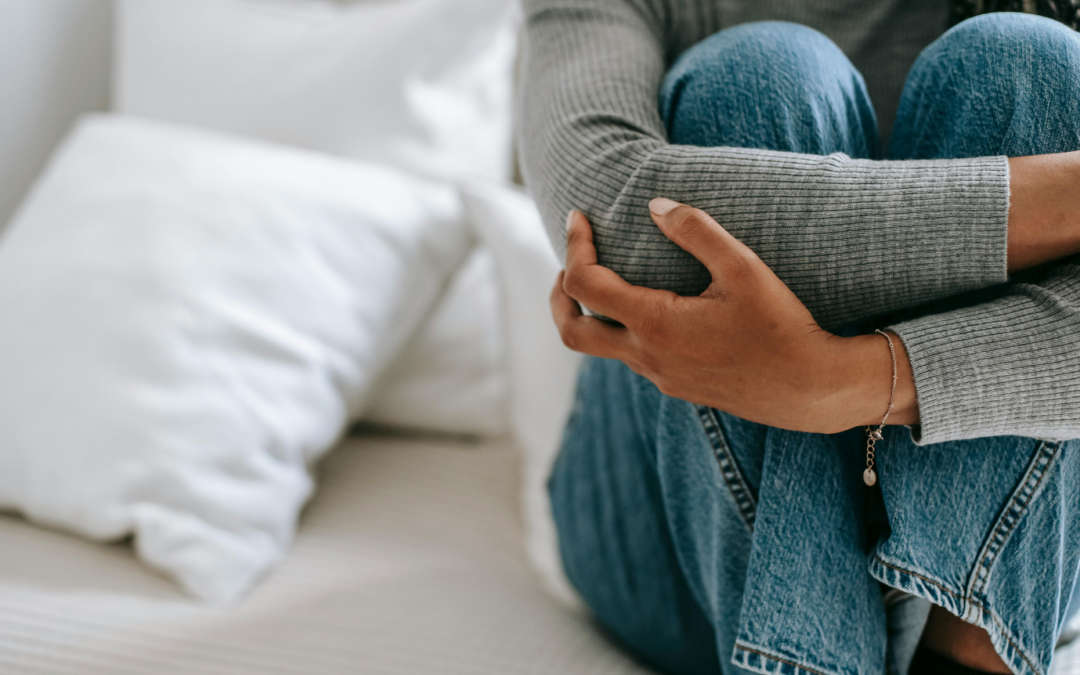Understanding Anxiety Assessment: What Is the Best Scale for Measuring Anxiety?
Anxiety is one of the most common mental health conditions affecting people of all ages—and accurate assessment is a key part of diagnosis and treatment. Whether you’re a mental health professional, someone experiencing anxiety symptoms, or a parent concerned about a teen’s mental health, understanding how anxiety is measured can offer clarity and direction.
Below, we’ll answer the most frequently asked questions about anxiety scales, including which tool is considered the most effective and how scores are interpreted.
What Is the Best Scale for Anxiety?
One of the most widely used and clinically validated tools for measuring anxiety is the GAD-7 scale. “GAD” stands for Generalized Anxiety Disorder, and the GAD-7 has become the go-to screening tool in both primary care and mental health settings because of its simplicity, reliability, and ease of use.
Other commonly used scales include:
-
Hamilton Anxiety Rating Scale (HAM-A) – More detailed and used in clinical research or psychiatric settings.
-
Beck Anxiety Inventory (BAI) – Helpful in distinguishing between anxiety and depression symptoms.
-
Zung Self-Rating Anxiety Scale – A self-administered option that evaluates a broad range of symptoms.
While all of these tools are effective in different contexts, the GAD-7 is considered the best overall anxiety scale for its balance of accuracy and convenience, especially in everyday clinical practice.
What Is the GAD-7 Scale for Anxiety?
The GAD-7 (Generalized Anxiety Disorder-7) is a short, 7-question self-report questionnaire designed to identify symptoms of generalized anxiety disorder and measure their severity.
Each item asks how often the person has been bothered by specific problems—like nervousness or inability to control worrying—over the past two weeks. Responses are rated on a 4-point scale:
-
0 – Not at all
-
1 – Several days
-
2 – More than half the days
-
3 – Nearly every day
The total score ranges from 0 to 21.
What Is the Anxiety Score Scale?
The GAD-7 anxiety score scale breaks down like this:
-
0–4: Minimal anxiety
-
5–9: Mild anxiety
-
10–14: Moderate anxiety
-
15–21: Severe anxiety
A score of 10 or more is typically the clinical cutoff for diagnosing generalized anxiety disorder. However, even mild scores can indicate emotional distress and may still benefit from therapeutic support—especially if symptoms interfere with daily functioning.
What Assessment Scale Is Used for Anxiety?
Mental health professionals use several assessment scales for anxiety, depending on the context and client needs. The most commonly used include:
-
GAD-7 – Best for quick screening and monitoring symptoms over time
-
Beck Anxiety Inventory (BAI) – More detailed, often used alongside depression assessments
-
HAM-A (Hamilton Anxiety Rating Scale) – Used in more complex psychiatric evaluations
-
Zung Anxiety Scale – Suitable for self-assessment and general emotional health check-ins
Among these, the GAD-7 is the most widely used assessment scale for anxiety, particularly in outpatient and primary care settings.
Final Thoughts
If you or a loved one is struggling with symptoms of anxiety, completing an anxiety scale like the GAD-7 is a helpful first step. However, it’s important to follow up with a qualified mental health professional who can interpret the results in context and create a treatment plan tailored to your needs.
At Melanated Women’s Health, we offer compassionate, culturally competent care for teens and adults dealing with anxiety. Whether you’re looking for a formal diagnosis or just want to talk through what you’re experiencing, our licensed therapists are here to help.
Need support for anxiety? Contact us today to schedule a consultation and get the care you deserve.


